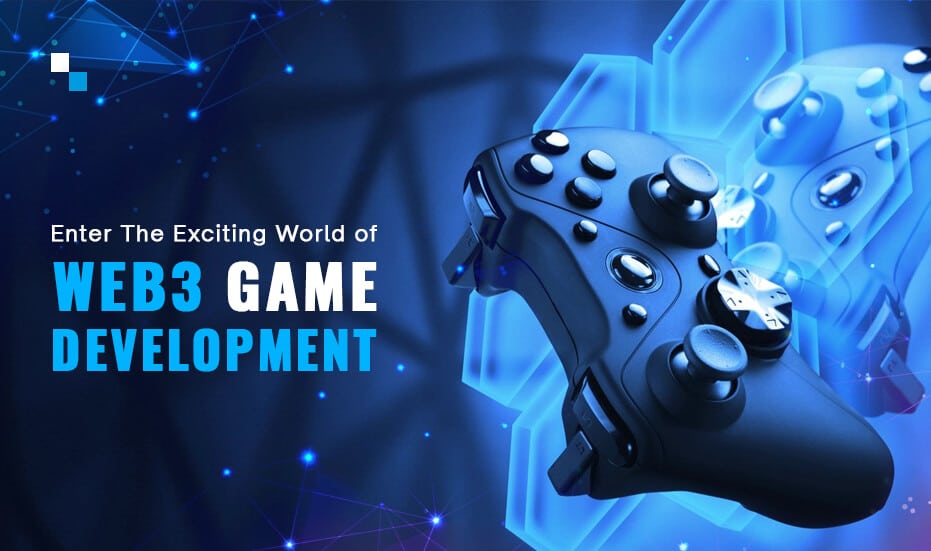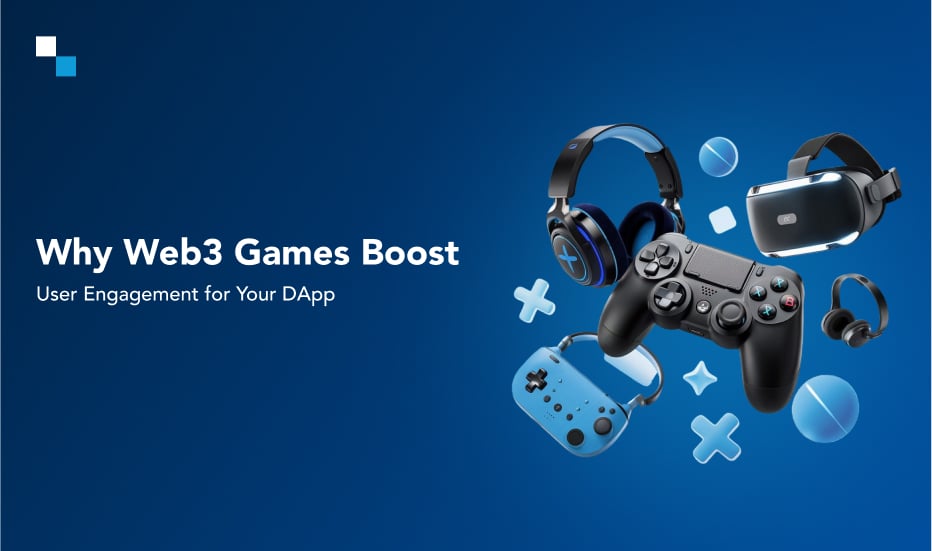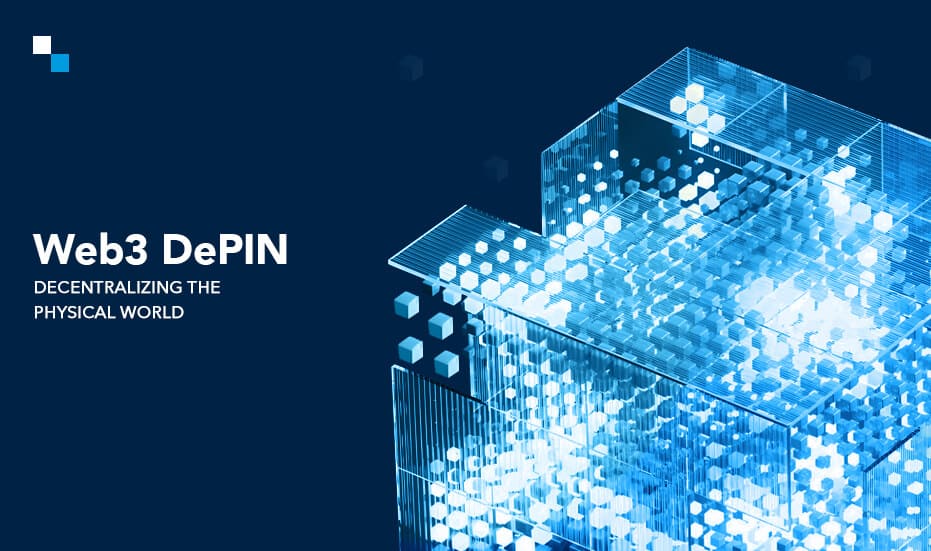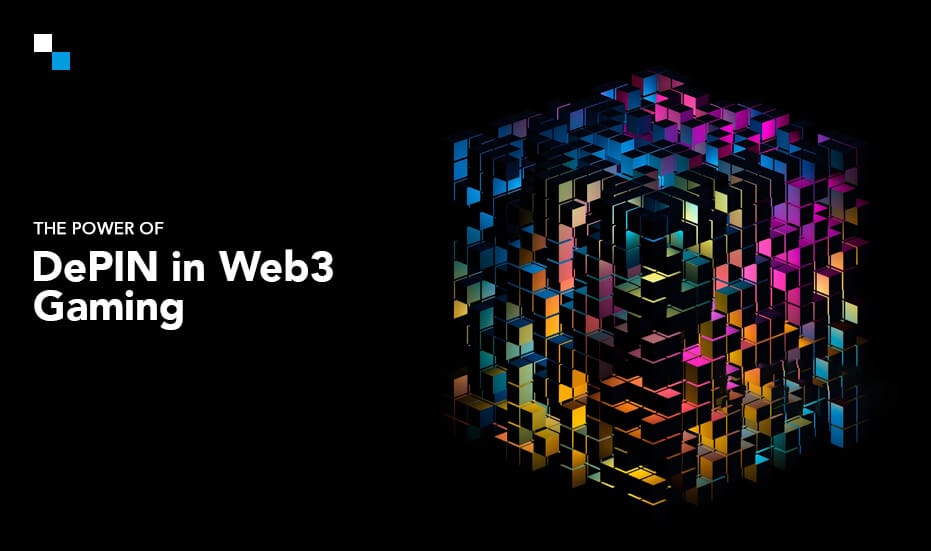
Make Your Cryptocurrency Exchange Software Development Journey Simpler With Antier
March 23, 2023
Ultimate Crypto Development Guide: Key Insights You Need Now
March 24, 2023Gaming on the blockchain is upending the $300 billion+ gaming market, which draws up to three billion players annually. For Web3 developers who can make a fascinating game, build a devoted community, and expand it globally, this is an attractive market potential. What is possible for game experiences has been redefined by Web3 Game Development. Games now have property rights thanks to NFTs, decentralized marketplaces allow peer-to-peer transfers, and Web3 wallets keep them entirely under the user’s control. The Blockchain Gaming Alliance is now anticipating that gameplay enhancements will be the single most significant driving force behind adoption in 2023. These enhancements may include dynamic NFTs that update based on real-world events or randomized results.
While core teams, Web3 Game Development Services, and individual developers are the backbones of any successful Web3 game, their efforts can be amplified by working with seasoned Web3 gaming studios and platforms. Let’s explore more!
Five Things to Consider Before Web3 Game Development
1. Gameplay
You must choose your idea at stage one based on genres. Examining use cases and selecting games where NFTs make sense would be required. Non-fungible tokens could be created from the following game types:
- Game of action
- A game room
- game adventures
- gambling games
- play cards
- playing races
- Play board games & more online!
2. Technology
The most well-liked Web3 game chains, according to Footprint Analytics, are Wax, BNB, Polygon, Ronin, and Hive. You can use Unity3d, C#, ASP.NET Core, MongoDB, MySql, Truffle, and AWS as far as programming languages and technologies go. Also, make sure that your game can be launched on a variety of platforms, including the web, PC, Android, and iOS.
These are the primary components of Web3 Game Development:
- Smart Contracts assist in defining voting and decision-making procedures for game development updates.
- Providers of Nodes for obtaining game-related data from the blockchain network.
- Media Standards to handle text, music, video, 3D scenes, and many other vectors for dApp support, Web3 games need open and interoperable media design standards.
- To recognize and store numerous in-game items and collectables, use a digital wallet.
- XR hardware for improving Web3 gaming experiences, including haptic gloves, smart glasses, scanning sensors, etc.
3. NFT Applications
NFTs can be utilized to do a number of different tasks. They can be used, for instance, to help players own and possess things in the game world that are special collectables that only one person can amass and hold. The game environment allows players to either buy precious NFTs or earn some through gameplay for those who wish to express their connection to a certain thing. Those who want to trade NFTs with other users can do so directly within the gaming environment, which can help them advance or outperform rivals. The value of an NFT might act as a collector’s item within a game, reinforcing particular psychological storytelling elements for players who don’t require or want more complex tales.
4. Sustainability
Obtaining cryptocurrency, setting up a wallet, and paying gas fees are just a few of the many obstacles to playing Web3 games. Not to mention the information asymmetry in general regarding blockchains. This does not imply that “free to play” is always the best option, but it does imply that democratising Web3 games is more difficult the higher the player’s admission price. Costly buy-ins should be defended.
5. Community
Community is a crucial component of gaming since it enables players to share experiences and build connections, which helps them stay more engaged with the game. As the hubs of Web3 life, Telegram, Discord, and Twitter have emerged; nevertheless, additional social media platforms like TikTok, Instagram, and Twitch continue to reveal the project’s ties to the community. DAOs will be crucial in achieving the web3 goal of a fully decentralized, vibrant community, thus those involved must do it well.

Building a Web3 Game with Web3 Game Development Services
The process of creating a Web3 gaming platform might be lengthened by additional processes depending on the type of project, its basic gameplay, and the integration of particular features. The four crucial phases are, however, described below.
Step 1: Pre-production
- Hire specialists and Web3 Game Development Services
- Assemble market data
- Describe the game’s concept, platform, and technology stack.
- Create a game design document (GDD)
- Make a prototype for the demo of your game.
- Level layout
- Setup of a cryptocurrency wallet
- Creation of smart contracts
- Game creation
Step 2: Testing
Extra care should be taken during testing to ensure that a game is bug-free. The three main QA (quality assurance) phases of Web3 Game Development that ensure a thorough investigation are unit, alpha, and beta testing.
- Testing of Functional Games
- Interoperability
- Regression
- Localization of Smoke
- Control of Security Access
- Approval by Users
- Testing of a Non-Functional Game
- Performance Stress and Load Stability
- Usability
- Compliance\configuration
Step 3: Deploy, maintain, and upgrade
The game should be deployed and players should be welcomed as soon as your testing team provides the all-clear. Any game involves ongoing tracking, analysis, and improvement, thus the effort never stops.
If you’ve made it this far, you already know how to create a Web3 role-playing game. You also had the option to discover more about the code that operates in the background. There is still much room for expansion and research as the Web3 gaming market is still in its infancy. Web3 games have increased ten times as much as traditional gaming, which is anticipated to grow by only 10.0 CAGR (Accenture) due to industry maturity. The market is anticipated to increase from $1.5 billion in 2021 to $50 billion in 2025 at a CAGR of 100%, with 1 million to 10 million players each day (Bitkraft Ventures & Naavik and Dizon).
Conclusion
Anybody has the potential to make legendary Web3 games, even without the necessary knowledge. We hope that this article has provided you with some useful information about the main categories of Web 3 games, their key characteristics, and the stages of Web3 Game Development. Antier provides full-cycle game development services, from art & game design to blockchain integration and ecosystem infrastructure. Get in touch with the right Web3 Development Services right away if you’re seeking a trustworthy tech partner or a strategic consultant for the next fantastic Web3 game. We’re happy to help!



